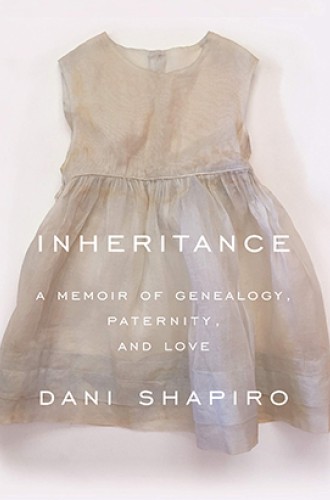A DNA test and its aftermath
Even as a child, Dani Shapiro wondered whether she belonged in her family.
Sometimes it’s the nonchalant decisions, the choices you make on a whim, that most upend your life. Like sending off saliva in a DNA genealogy kit when your spouse takes an interest in ancestry. For Dani Shapiro, the results of this decision led to uncovering the biggest secret of her life. At 54 years old, she learned that the father she’d adored all her life was not her biological father.
The author of three best-selling memoirs and five novels, Shapiro has consistently delved deeply into human relationships. In this new memoir, she plumbs these depths with even greater fervor. A flash scene at the book’s start shows Shapiro as a little girl gazing in the mirror, then immediately moves to the present in a San Francisco hotel, the news of her DNA analysis searing and fresh. The rest of the book relates her unraveling of secrets, including the identity of her biological father and the role of experimental sperm donation in her conception. “All my life I had known there was a secret,” she writes. “What I hadn’t known: the secret was me.”
As she narrates her heartbreaking story, Shapiro faces significant questions about identity: Who am I? What (or who) makes me who I am? She also raises underlying questions about medical ethics and technological advances.





